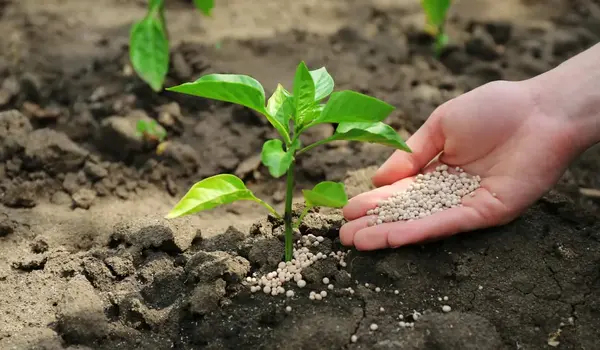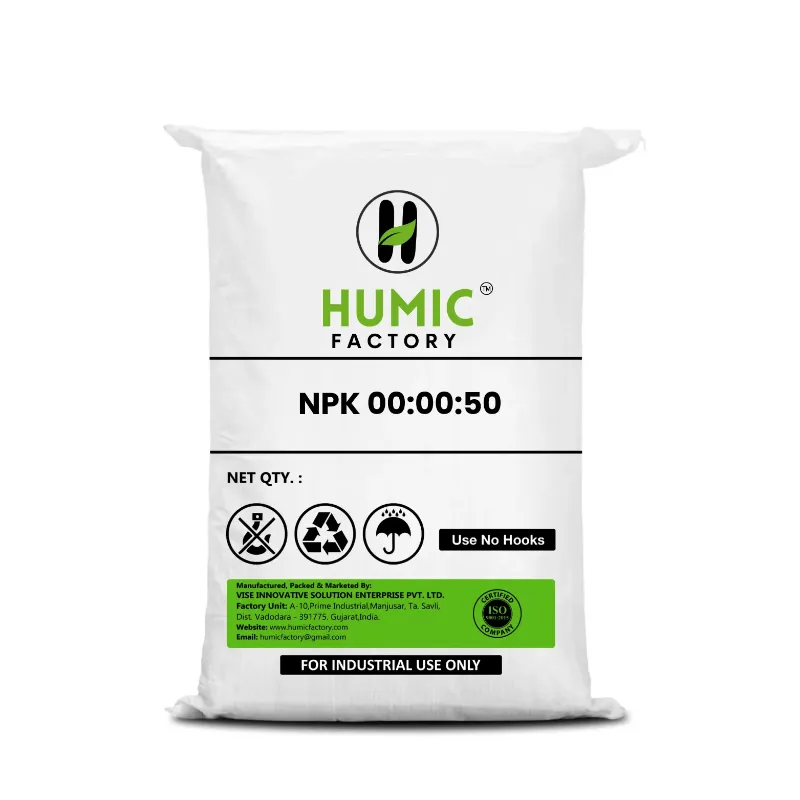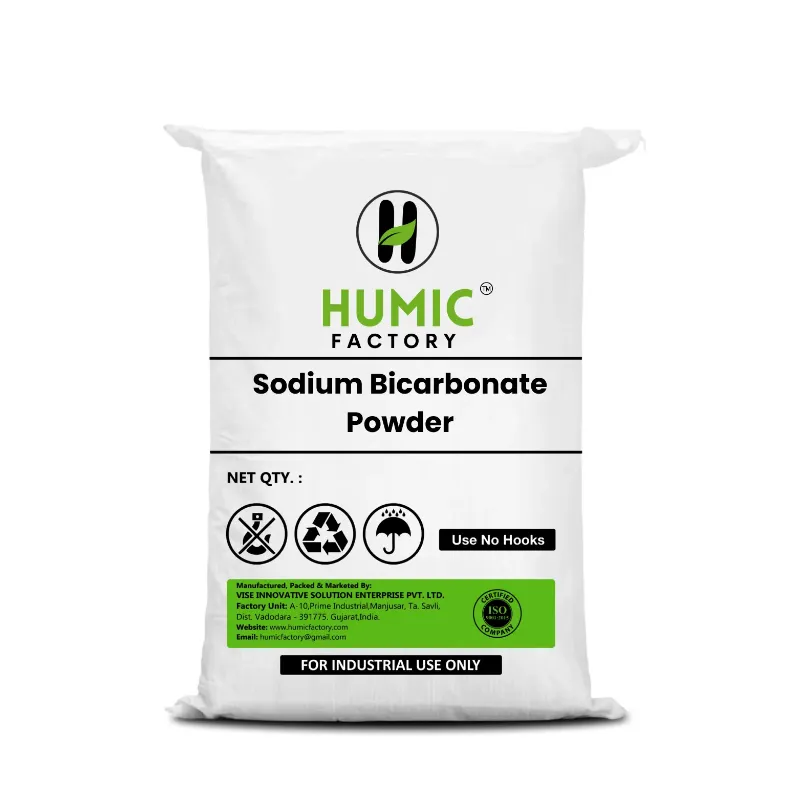When it comes to growing healthy, vibrant plants, the timing of your NPK fertilizer application can be just as important as the type of fertilizer you choose. So, how often should you be applying NPK fertilizer to ensure your crops get the nutrients they need without overwhelming them? Let’s explore the best practices to maximize your gardening or farming efforts! Before diving into application frequency, let’s quickly recap what NPK fertilizer is all about. The three numbers on a bag of NPK fertilizer represent the percentages of nitrogen (N), phosphorus (P), and potassium (K) it contains. These nutrients are crucial for various plant processes, from root development to flowering and fruiting. The frequency with which you should apply NPK fertilizer depends on several factors, including the type of crop you’re growing, the growth stage of the plants, and the specific fertilizer formulation you’re using. Here’s a general guideline to follow: Observing your plants can provide clues about whether they need additional NPK fertilizer. Watch for signs like: Incorporating Humic Factory products alongside your NPK fertilizer can significantly enhance nutrient availability in the soil. Our organic humic acids help improve soil structure, increase microbial activity, and facilitate better nutrient absorption. This means that when you apply NPK fertilizer, your plants can utilize those nutrients more efficiently, leading to healthier growth and better yields. Determining how often to apply NPK fertilizer can greatly influence your gardening or farming success. By understanding your crops’ specific needs, adjusting your fertilization schedule according to growth stages, and observing plant health, you can optimize nutrient uptake and promote vibrant growth. With the added benefits of Humic Factory products, you’re setting yourself up for a flourishing garden or farm. Happy planting!Understanding NPK Fertilizer
Frequency of Application
For most crops, it’s beneficial to apply a base layer of NPK fertilizer before planting. This ensures that the soil is enriched with nutrients right from the start. You can incorporate it into the soil to give your seeds or seedlings a strong start.
Growing Season
Fruiting and Flowering Stages
When your plants begin to flower or set fruit, you might want to switch to a fertilizer with a higher phosphorus ratio (such as 10-30-20) to support blooming. During this critical time, applying NPK fertilizer every 3-4 weeks can help enhance fruit and flower production.
Soil Testing
One of the best ways to determine how often to apply NPK fertilizer is to conduct regular soil tests. These tests can provide insight into nutrient levels and help you tailor your fertilization schedule accordingly.Signs Your Plants Need More NPK Fertilizer
The Role of Humic Factory Products
Conclusion


Submit your contact number to receive exclusive updates
Something went Wrong Please try again!!!
Bulk Purchase
Get Bulk Discount
Get Discount Code now
फोन नंबर सबमिट करे और ऑफर पाए
We believe farming is hard. This is our attempt to support farmers. Submit your contact details to receive a discount and other offers from Humic Factory.

Recommended Products
COPYRIGHT © 2024. All Rights Reserved By Humic Factory


